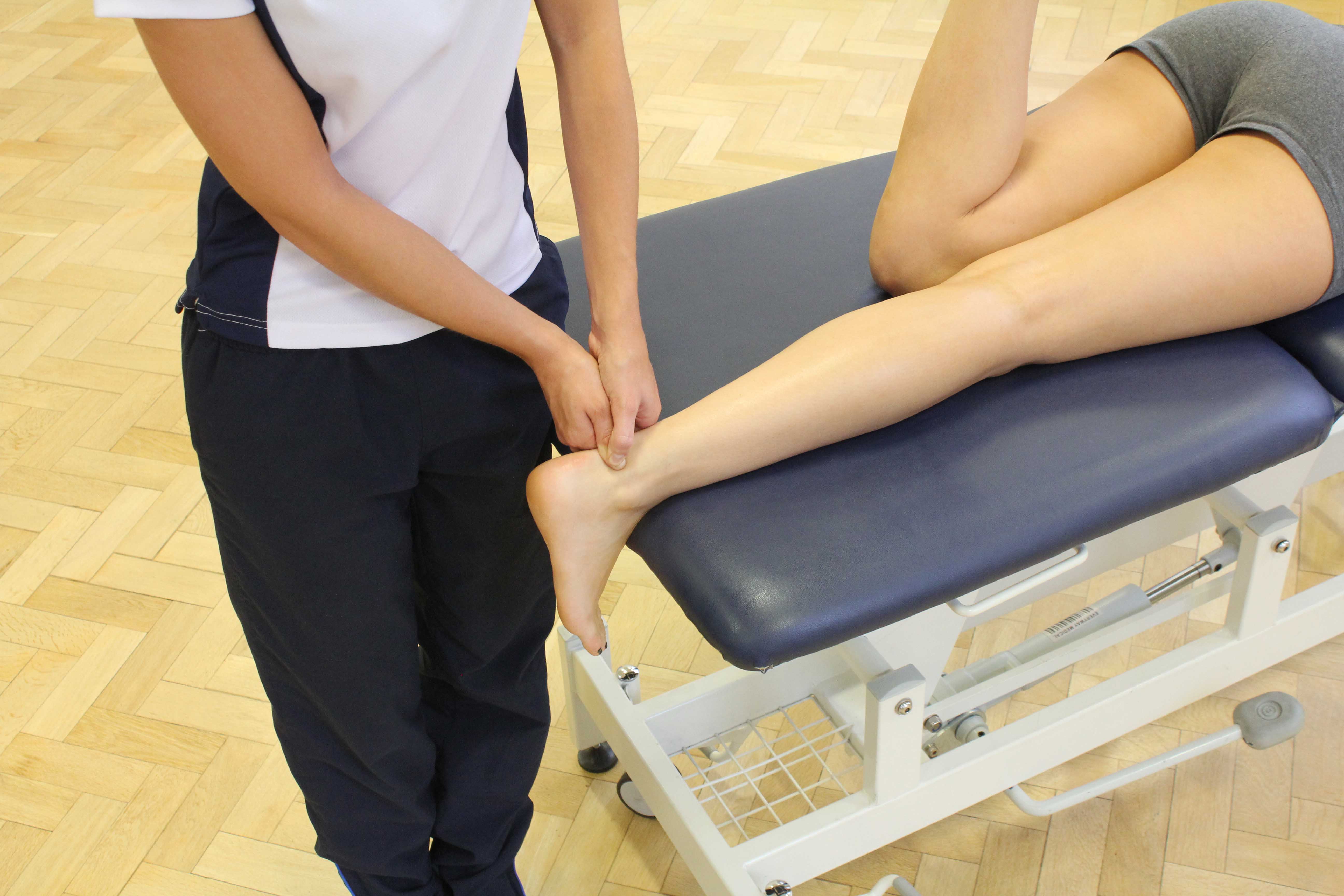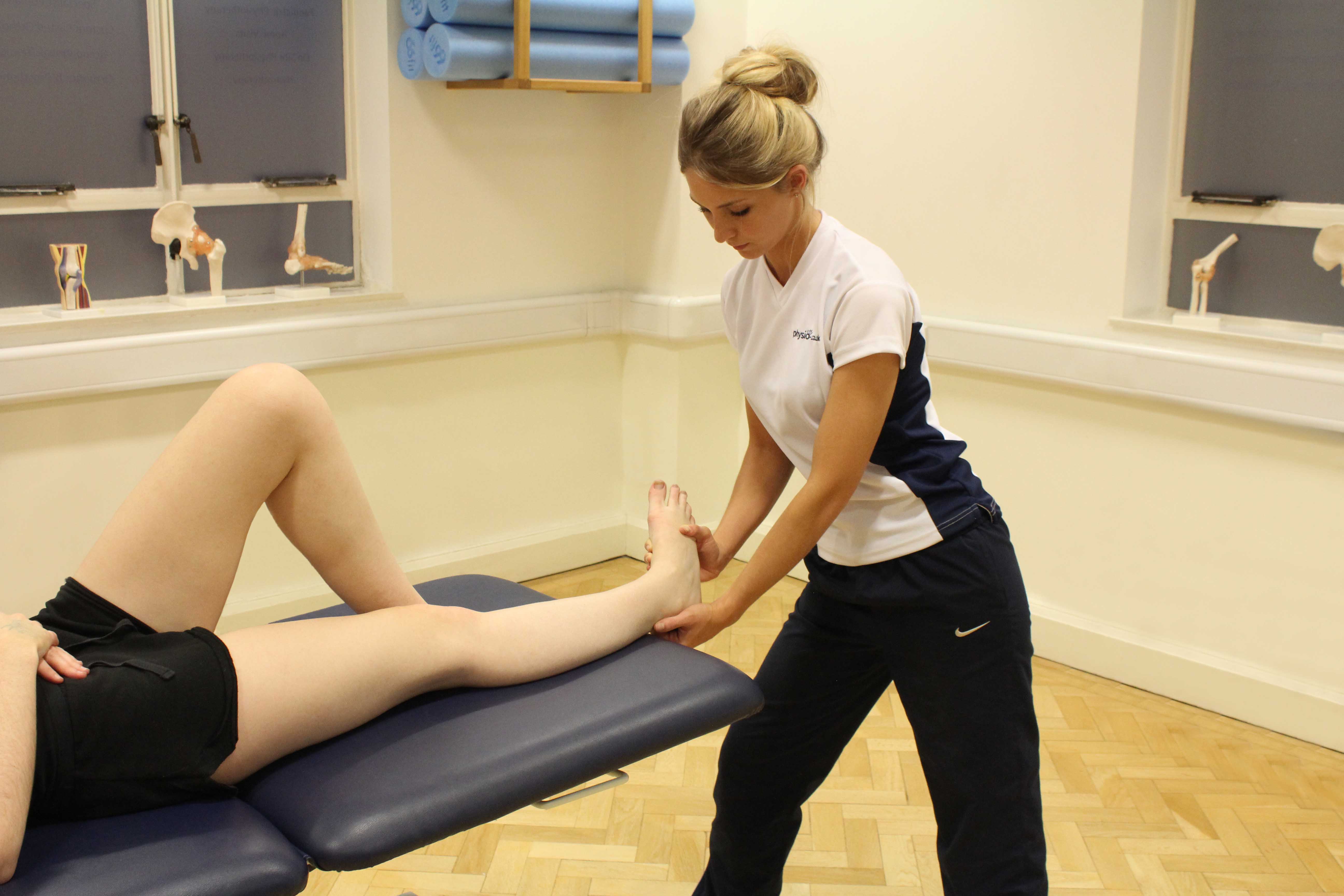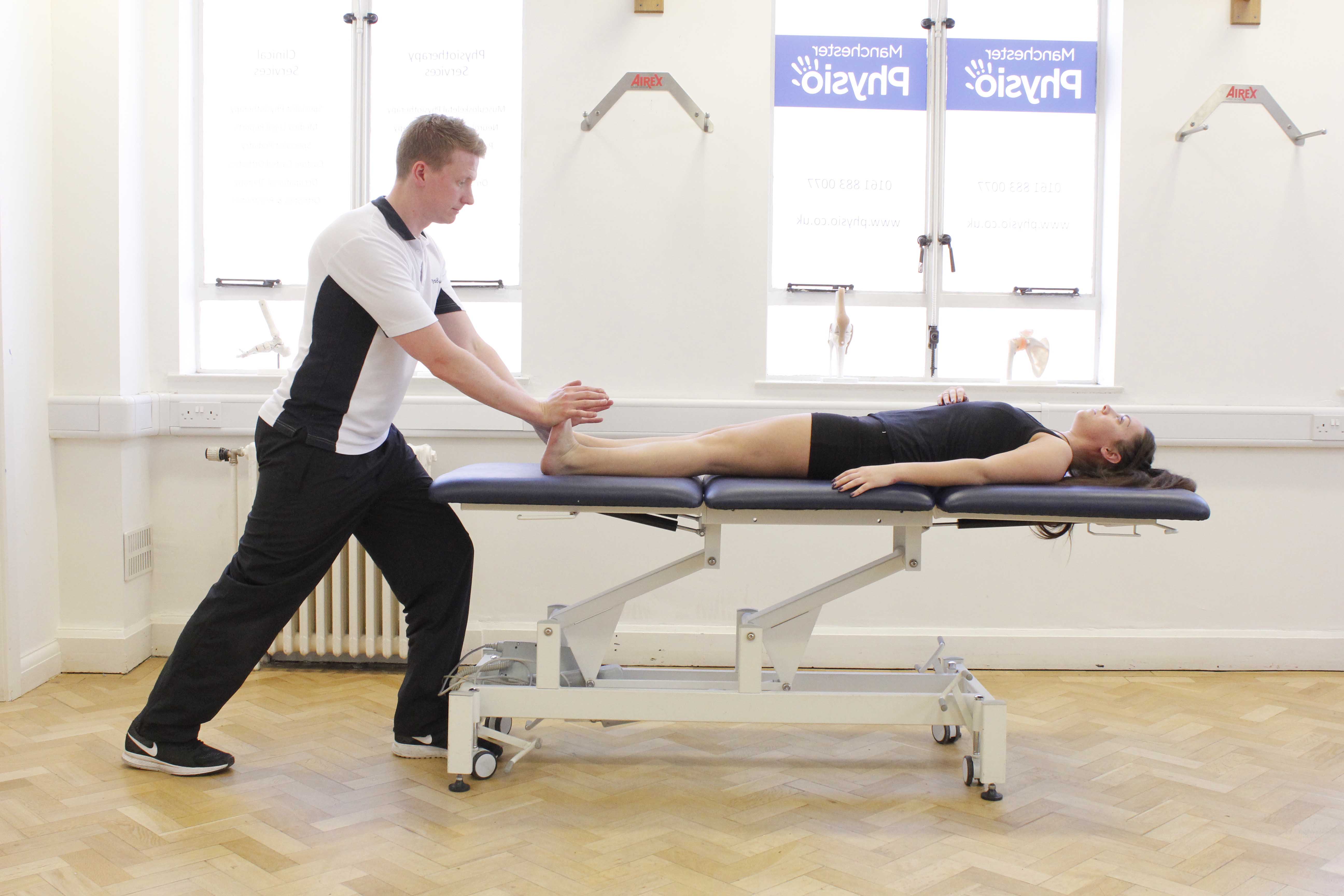Ankle Stabilisation Indications
Ankle Stabilisation surgery is the last resort, and should only be considered following conservative treatment. Surgery is most appropriate for those who have stopped growing to ensure lasting results.
The indications for Ankle Stabilisation are:
- Reoccurring ankle sprains or ‘giving way’
- No success with conservative (non-operative) treatment
- Investigation to confirm the instability such as an MRI scan or stress x-ray
Ankle Stabilisation Surgical Procedure
There are different types of surgical procedures for Ankle Stabilisation. An Ankle Arthroscopy involves a small incision to insert a small fibre optic camera and surgical tools while you are under anaesthetic. This procedure can be used for the surgeon to view the area for a diagnosis, or to remove debris or repair ligaments. Arthroscopy can mean a quicker recovery and less chance of complications than with open surgery.
There are two main types of ankle stabilisation open surgery performed under general anaesthetic:
- Broström procedure - Ligament tightening and reattachment to the bone with sutures (stitches). It is primarily used to repair the Anterior Talofibular Ligament (ATFL).
- If the Brostr?m procedure is unsuccessful or the ligament is too badly damaged, a tendon graft may be performed to recreate a ligament.
 Above: Soft tissue friction massage of the achilles tendon
Above: Soft tissue friction massage of the achilles tendonThe Benefits Post-Surgery
Surgery success depends on the degree of the initial instability and the commitment to rehabilitation post-surgery.
Benefits of Ankle Stabilisation surgery include:
- Greater ankle stability reducing ankle sprains or ‘giving way’
- Significant restoration of ankle function
- Return to sporting activity
- Stronger ankle muscles
- Reduction in pain
- Improved balance
- Restoration of normal gait pattern
 Above: Mobilisations and stretches applied to the connective tissues in the ankle
Above: Mobilisations and stretches applied to the connective tissues in the anklePhysiotherapy Rehabilitation Post Surgery
Physiotherapy following an Ankle Stabilisation procedure consists of a combination of techniques to get you back to normal daily function and sports pain free. Treatment is individual to focus on reaching your personal goals.
Physiotherapy post-surgery includes:
- Strengthening Exercises
You will be taught various exercises including those using resistance bands to strengthen ankle muscles. - Stretching Exercises
Stretching exercises will relieve tightness of specific structures such as ligaments and muscles. - Balance Re-training Exercises
Balance re-training exercises are important in reducing or diminishing ‘giving way’ of the ankle and falls. - Taping
Taping or strapping around the joint will increase stability and reduce re-injury risk. - Joint Mobilisation
Joint mobilisation or manipulation lubricate joints and reduces muscle spasm. - Gait Rehabilitation
Your physiotherapist will help you restore your normal gait pattern by analysing your gait and identifying specific areas of weakness.
 Above: Passive stretch of connective soft tissues in the ankle
Above: Passive stretch of connective soft tissues in the ankleTo book an appointment following Ankle Stabilisation please e-mail office@manchesterphysio.co.uk or call 0330 088 7800.

 0330 088 7800
0330 088 7800

































